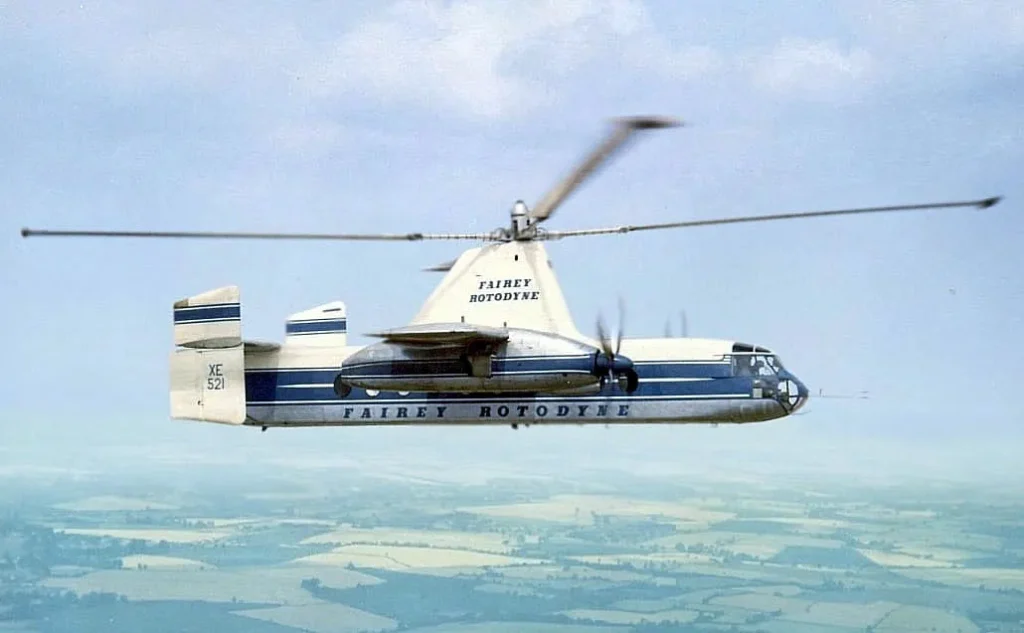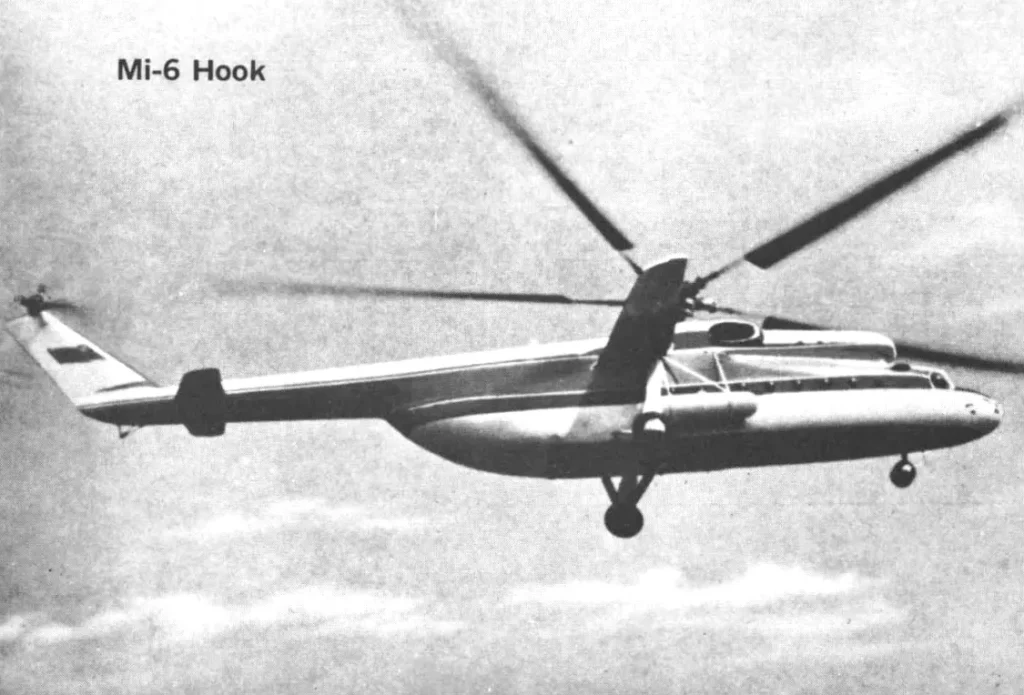For all the marvels of engineering that grace our skies, some aircraft simply miss the mark. While helicopters are indispensable tools for transportation, rescue, and combat, not every design takes off flawlessly.
Sometimes, ambitious concepts crash and burn metaphorically – and occasionally, literally. From mechanical nightmares to tactical blunders, join us as we dive into the fascinating, often frustrating, world of rotorcraft that earned their dubious place among the worst helicopters ever built.
Prepare for a bumpy ride through aviation history’s less-celebrated failures!
5. The Bell AH-56 Cheyenne: Too Ambitious for its Time
The Bell AH-56 Cheyenne was a revolutionary attack helicopter designed for the U.S. Army in the 1960s. Its rigid rotor system, powerful turboshaft engine, and innovative push-propeller promised speeds over 240 mph and nimble maneuvers.
The advanced design led to persistent technical issues. The program suffered from delays, cost overruns, and even a fatal crash. Ultimately, its sophistication made it too expensive and unreliable for mass production.

4. The Kaman K-225 / HH-43 Huskie: The Synchropter’s Shortcomings
The Kaman K-225 and its military derivative, the HH-43 Huskie, featured a synchropter design with intermeshing rotors, eliminating the need for a tail rotor. While concept offered some advantages, it brought its own set of problems.
The mechanical complexity of the intermeshing blades and associated gearbox was significant. Its low speed and limited range restricted its versatility. Its quirky design made it prone to specific operational quirks and limited its broader adoption.

3. The Boeing-Vertol XCH-62 / HLH: The Heavy Lift That Never Was
Envisioned as the world’s largest helicopter, the Boeing-Vertol XCH-62 Heavy Lift Helicopter (HLH) was a colossal undertaking by the U.S. Army in the 1970s. Designed to lift massive payloads up to 22.5 tons, it featured three powerful turboshaft engines and immense rotor blades.
The program was plagued by escalating costs, technical hurdles related to its massive scale, and a changing military doctrine that questioned the need for such a specialized heavy lifter.

2. The Fairey Rotodyne: Noisy Promise, Silent Demise
The Fairey Rotodyne was a British compound gyrocopter/helicopter hybrid developed in the 1950s, aiming to combine vertical take-off with high-speed horizontal flight. It featured large, tip-jet powered rotors for vertical lift and propellers on stub wings for forward thrust.
The tip-jet engines were incredibly loud, rendering it unsuitable for civilian operations over populated areas, which was a primary target market.

1. The Mil Mi-6: The Giant That Struggled
The Mil Mi-6 “Hook” was the world’s largest helicopter when it first flew in 1957, a true Soviet behemoth designed for heavy transport. While it achieved impressive lifting capabilities and was widely used, its sheer size brought significant operational challenges.
It was incredibly complex to maintain and required a large ground crew. Its demanding operational profile and high running costs ultimately contributed to it being a less-than-ideal solution, marking it as one of the worst helicopters in terms of practicality and efficiency for its scale.

The world of aviation is filled with bold visions, and while some aircraft achieve legendary status, others serve as cautionary tales. The helicopters on this list, despite their innovative attempts, faced insurmountable challenges that cemented their place among the worst helicopters ever built. Their stories remind us that ambition must always contend with practicality and the laws of physics. What do you think of our list? Share your thoughts and tell us which helicopter you believe was the biggest disappointment!








